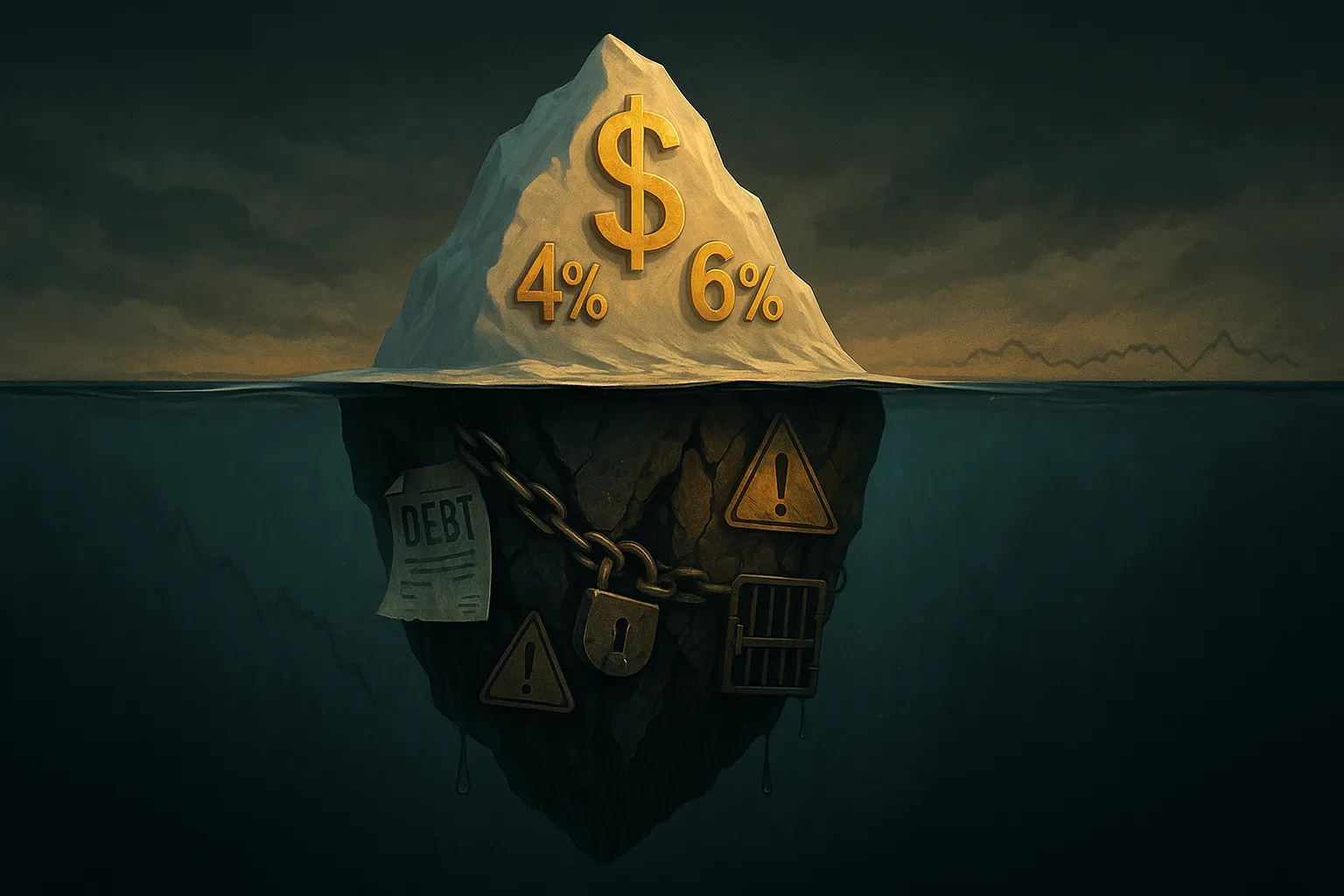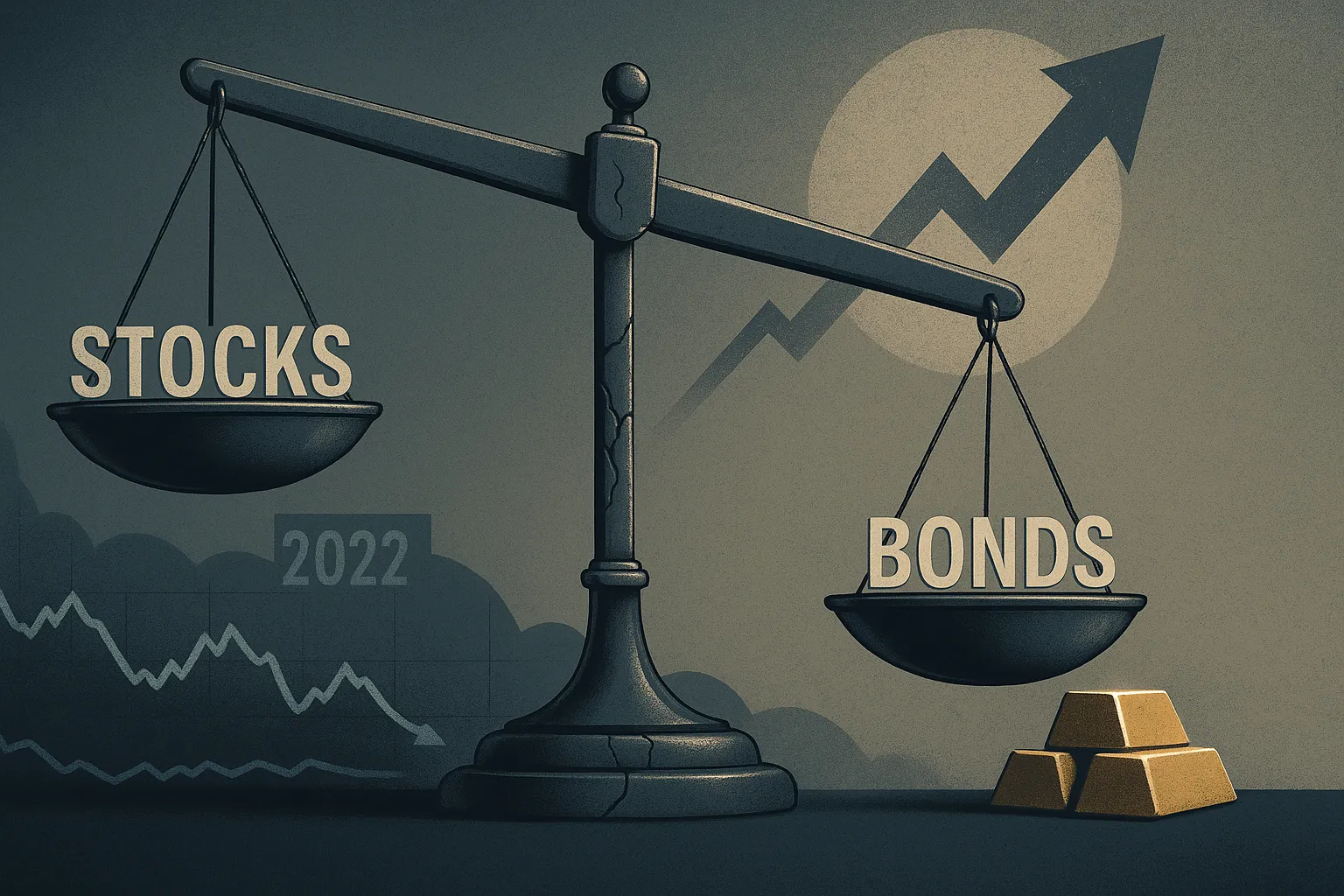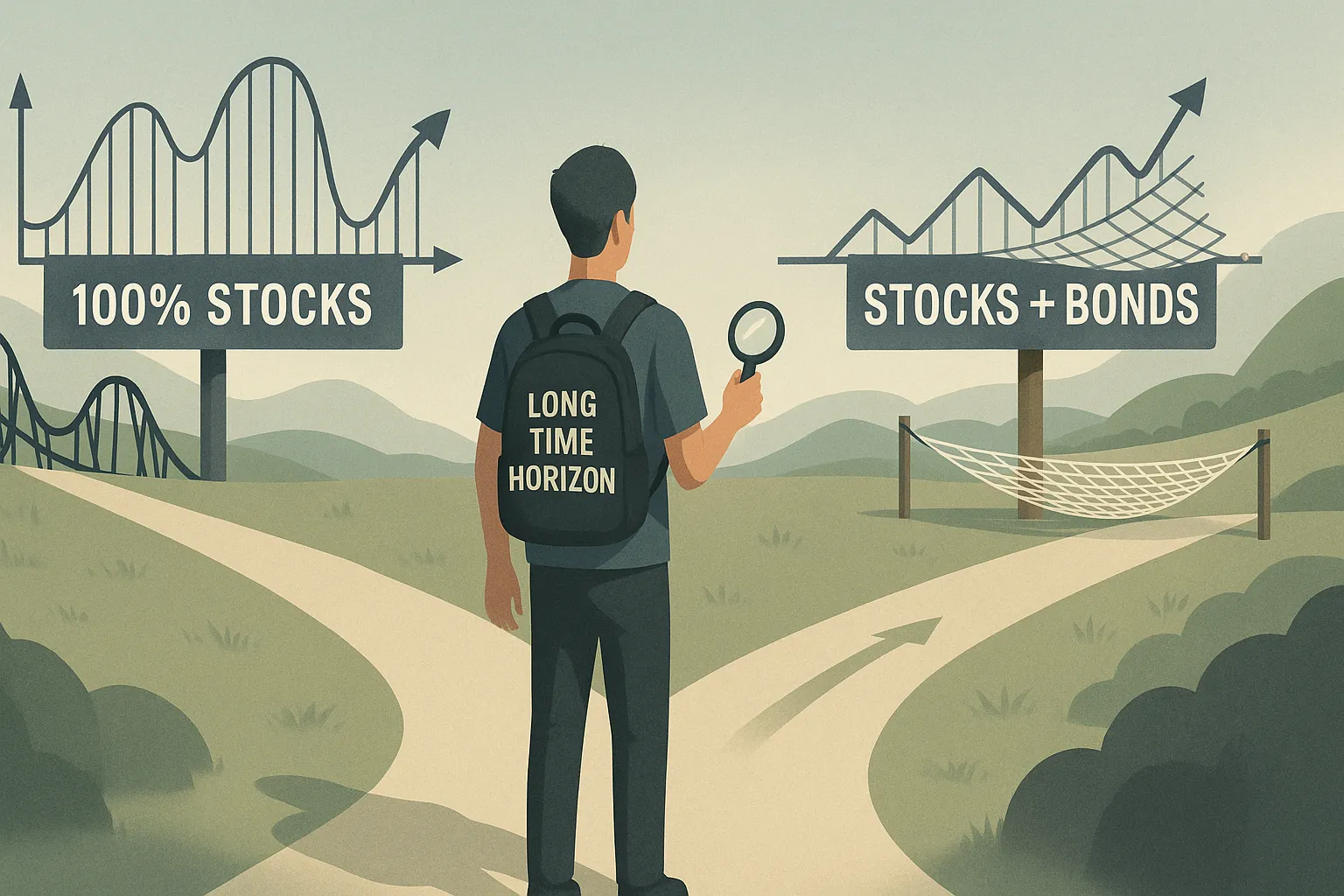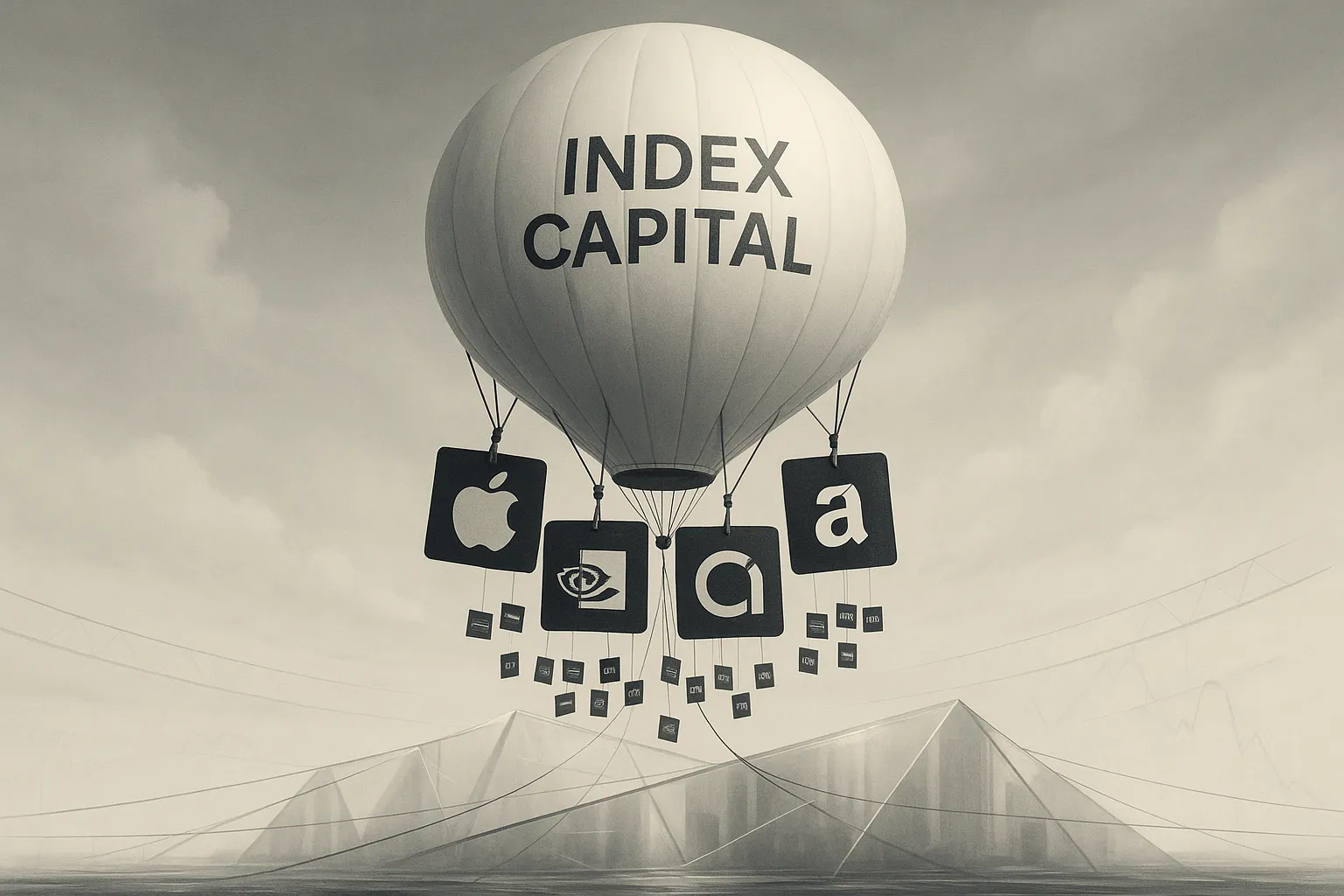Is Private Credit Riskier Than It Appears?
High yields and low correlation may mask hidden risks in private credit.

This content has been reviewed and edited by an Investment Advisor Representative working for Global Predictions, an SEC-registered Investment Advisor.
According to the IMF’s Global Monitoring Report, private credit assets topped $2.1 trillion in 2023—more than double their size since 2015. Many investors see it as a high-yield, low-correlation diversifier—especially in uncertain markets. But beneath the surface, hidden risks often go underappreciated.
This article explores whether private credit is as safe as it sounds—and what investors need to consider before allocating.
Key Takeaways
- Private credit yields are attractive, but come with illiquidity, opacity, and hard-to-assess risk.
- Valuations are typically based on manager discretion—not live market pricing.
- Redemption gates and multi-year lockups limit access to capital during market stress.
- Some investors use private credit to diversify—but it may correlate with risk assets during downturns.
The Appeal: High Yield, Low Correlation
Private credit refers to non-bank lending to companies, often through direct loans, mezzanine debt, or special situations. Private credit lending rates often sit in the 8–10% range, and with modest leverage can rise to 12–14%—well above typical investment-grade bond yields.
In theory, it’s also less tied to public market volatility. These assets aren’t marked to market daily, which can give the illusion of stability. Private credit NAVs tend to be smoothed—valued infrequently—which can mask underlying losses during market stress.
However, this smoothing effect is not always a feature—it can be a bug, hiding latent losses and liquidity mismatches. The next section explains why.
The Hidden Risks: Illiquidity and Limited Transparency
Unlike publicly traded bonds or ETFs, private credit positions can’t be sold quickly. Many funds have 1–3 year lockups, with redemption gates in times of stress. This structure can create a dangerous feedback loop:
- Investors think the fund is stable
- Withdrawals rise during volatility
- Managers freeze redemptions
- Perceived safety turns into real liquidity risk
Valuations are also opaque. Without daily market prices, managers often rely on models or subjective inputs. In stable times, this isn’t an issue. But in downturns, it can delay recognition of losses—just as risk is rising.
- Hypothetical: Imagine a private credit fund that lends to mid-sized industrial firms. A slowdown hits, and defaults rise—but reported fund values barely move. Investors, unaware of underlying stress, hold or add to positions—only to face redemption freezes when they try to exit.
Credit Quality Can Shift Quietly
Most private credit borrowers aren’t household names. Many are leveraged, unrated companies that can’t access traditional capital markets. In a low-rate world, this risk was easier to absorb. But as rates rose, debt service burdens climbed.
S&P Global Ratings projects the U.S. speculative-grade default rate will reach 4.5% by early 2025, up from roughly 1.6% in 2021. Many private credit borrowers operate in this risk tier. Because private markets lack broad benchmarks or daily pricing, investors may not realize how exposed they are to deteriorating credit quality.
So what? This means some portfolios holding private credit may appear safer than they are—especially if investors use historical performance or smooth NAVs to estimate risk.
Correlation in Crisis
One of the biggest selling points for private credit is diversification. Because it doesn’t trade daily, its correlation with equities or bonds often looks low.
But during periods of market stress, correlations tend to rise. During the 2008 crisis, many structured credit vehicles experienced steep markdowns as liquidity dried up. In 2020, private debt funds faced significant redemption requests, prompting some managers to impose gates and markdown NAVs.
Historical patterns show that perceived diversification can collapse when liquidity disappears. As the old saying goes: “You don’t know who’s swimming naked until the tide goes out.”
Behavioral Traps: Chasing Yield Without Seeing Risk
High headline yields can trigger overconfidence. Many investors anchor on stated returns, underestimate illiquidity, or assume past results will continue. These traps include:
- Return chasing: Allocating heavily to recent winners without reassessing risks.
- Inertia: Failing to rebalance even when market conditions change.
- Overconfidence: Believing a fund’s “smooth” track record means it's safer.
Understanding how these behaviors shape decision-making is just as important as analyzing the strategy itself.
Private credit isn’t inherently good or bad—but its risks are often underdiscussed. A simple question—“Could I get my money out during a crisis?”—can be more revealing than any performance chart.
FAQs
Q: Is private credit safer than public bonds?
A: Not necessarily. Private credit often involves more credit risk, less transparency, and limited liquidity compared to public bonds.
Q: Can private credit funds lose money?
A: Yes. While losses may be delayed due to how assets are valued, defaults or credit events can lead to significant declines.
Q: Why does private credit show less volatility than stocks?
A: It’s not traded daily, so valuations often change more slowly. This doesn’t mean the underlying risk is lower.
Q: How liquid is private credit?
A: Most private credit funds have lock-up periods and may restrict redemptions in market stress, making it relatively illiquid.
Q: Who typically borrows in private credit markets?
A: Mid-market companies that may not qualify for bank loans or public bond issuance—often with higher leverage or more complex credit profiles.
How optimized is your portfolio?
PortfolioPilot is used by over 30,000 individuals in the US & Canada to analyze their portfolios of over $30 billion1. Discover your portfolio score now:





